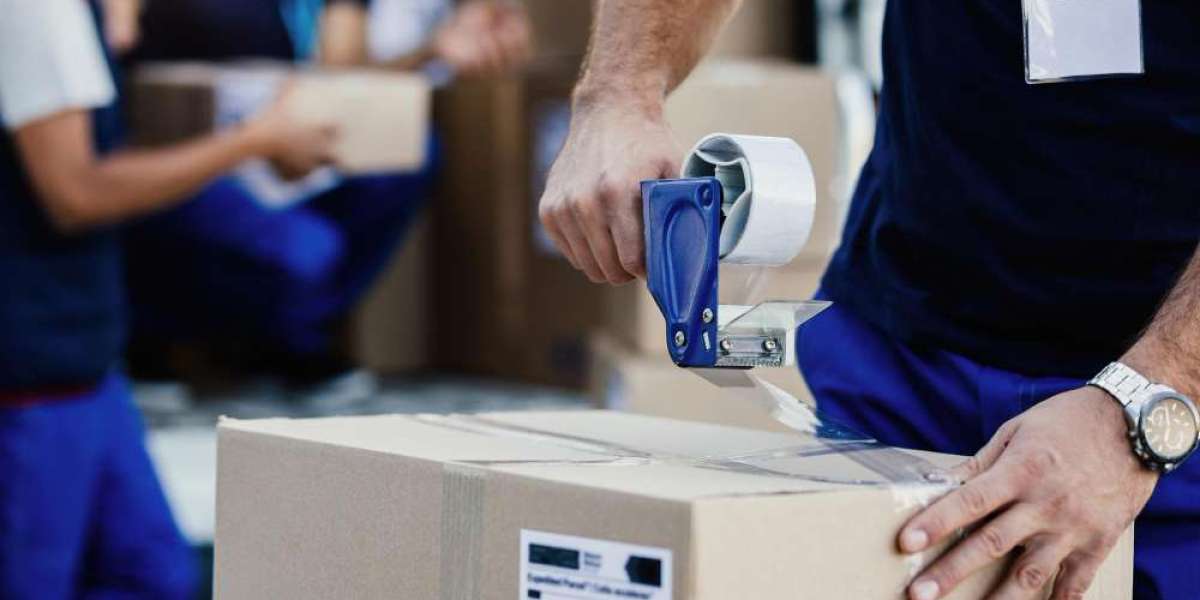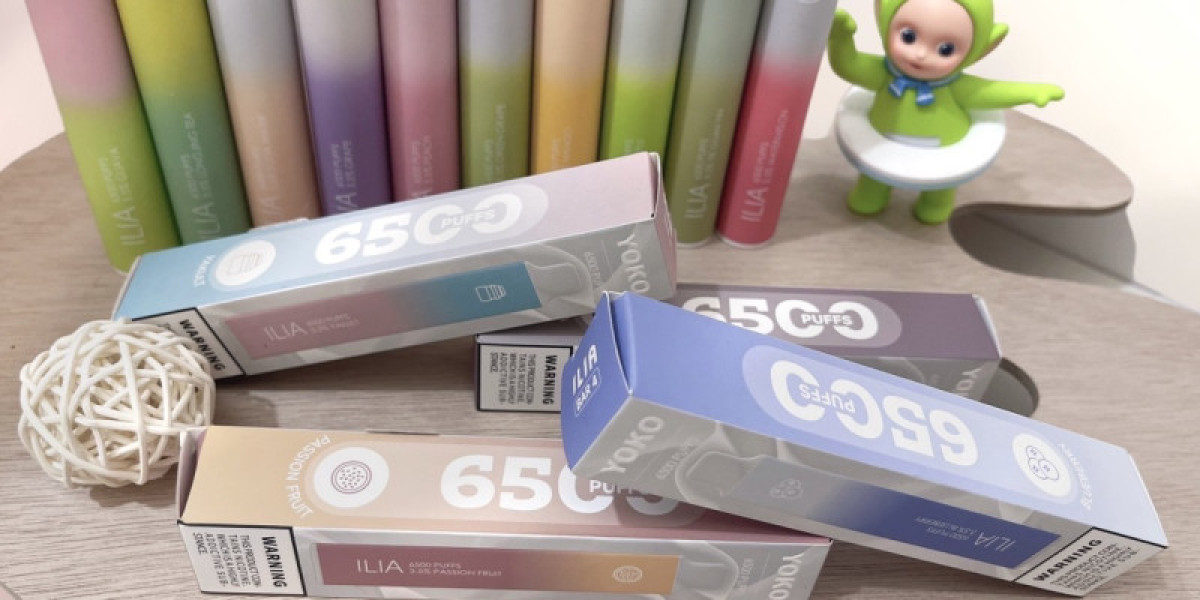Shipping is an integral part of e-commerce, business operations, and global trade. Whether you're sending products to a customer, moving goods across borders, or just shipping personal items, the right shipping supplies make a significant difference. From choosing the right box to selecting the proper tape and labels, every detail of your shipment can affect its safety, cost, and efficiency.
In this blog, we will cover everything you need to know about shipping supplies, helping you make informed decisions to ensure that your products arrive safely and on time.
What Are Shipping Supplies?
Shipping supplies are the materials used to prepare, pack, and ship items to their destination. These supplies vary depending on the type of product being shipped, the destination, and the shipping method chosen. The right shipping supplies protect the goods inside, ensure proper labeling, and comply with shipping carrier guidelines.
Key Shipping Supplies You’ll Need
Boxes and Packaging Materials
The most fundamental aspect of shipping is the box or container used to hold the product. Choosing the right box ensures that the contents are secure and protected during transit. Here's what to consider when selecting shipping boxes:
Corrugated Boxes: These are the most common type of shipping box and provide excellent protection for a wide range of products. They come in different sizes and can be customized to fit specific items.
Flat Rate Boxes: Offered by many carriers, these boxes allow you to ship items for a fixed price, regardless of weight, as long as it fits inside the box.
Padded Mailers: For smaller, lightweight items like jewelry, electronics, or documents, padded mailers provide a good option. They’re smaller than boxes and have built-in cushioning to protect items.
Custom Boxes: For businesses with unique products, custom boxes can be designed to offer the best protection and branding for the shipment.
Packing Materials
Once you’ve chosen the appropriate box, the next step is to protect the contents inside. Packing materials prevent your items from shifting and minimize the risk of damage. Here are some popular options:
Bubble Wrap: This material provides excellent cushioning for fragile items, ensuring that they don’t get damaged during handling or transport.
Packing Peanuts: Commonly used for filling void spaces in boxes, packing peanuts help secure the contents and prevent movement. They are ideal for delicate items.
Air Pillows: Air pillows are lightweight and effective at filling gaps and providing cushioning, especially for small, fragile items.
Foam Sheets: These can be used to wrap products individually or line the inside of boxes to prevent impact damage.
Tapes and Adhesives
Sealing your shipment securely is crucial to preventing tampering, leaks, or damage. The right tape ensures that your boxes stay intact during transport. Common types of shipping tape include:
Packing Tape: This is the most commonly used tape for sealing boxes. It’s strong and adhesive, ensuring that your box stays closed throughout the shipping process.
Strapping Tape: For heavier or bulkier shipments, strapping tape is a more robust option that holds larger boxes or pallets securely.
Double-Sided Tape: Double-sided tape can be useful for sealing smaller packages or gift boxes where you don't want visible tape on the outside.
Labels and Documentation
Proper labeling is essential for ensuring that your shipment arrives at the correct location. The right shipping labels also help with tracking and compliance with carrier requirements. Key labeling supplies include:
Shipping Labels: Shipping labels contain the destination address, sender’s information, tracking number, and sometimes barcodes for easy scanning. Most carriers, such as USPS, FedEx, and UPS, allow you to print shipping labels directly from their websites or apps.
Custom Labels: Custom branding or product labels can add a professional touch to your shipments. These labels are particularly popular with e-commerce businesses that want to provide a personalized customer experience.
Return Labels: If you're dealing with e-commerce or offering returns, return shipping labels are essential. They make it easier for customers to send items back in case of returns or exchanges.
Packing Slips and Invoices: Including a packing slip or invoice inside your shipment helps the recipient know what’s inside and confirms the transaction.
Padding and Cushioning Materials
For fragile or breakable items, extra padding is necessary to ensure safe transport. Some additional cushioning materials include:
Foam Inserts: These can be used to support delicate items and prevent them from moving inside the box.
Paper Fillers: Crumpled paper can be used as an eco-friendly alternative to packing peanuts or bubble wrap. It helps protect goods while filling voids in the box.
Molded Pulp: For added protection and eco-friendliness, molded pulp provides a great option for fragile items and is often used for high-end electronics or delicate ceramics.
Stretch Film and Shrink Wrap
These are typically used for securing larger shipments, pallets, or multiple packages. Stretch film and shrink wrap protect goods from moisture and dust and keep everything tightly bound. These materials are great for international shipments or heavy goods that need extra stability.
Security and Tamper-Evident Supplies
If you're shipping valuable or sensitive items, you may want to invest in security features to ensure that your shipment isn't tampered with during transit. Some options include:
Tamper-Evident Tape: This tape shows if a box has been opened or tampered with during shipping.
Security Bags: These bags are often used for high-value shipments, such as documents or electronics, providing a visible sign if the contents have been accessed.
Choosing the Right Shipping Supplies for Your Needs
The right shipping supplies depend on the type of product you’re shipping, your budget, and the shipping method you choose. Here’s how to choose the best materials for your shipment:
Know the Product: Fragile or delicate items need extra protection, so be sure to use cushioning materials like bubble wrap and foam inserts. Larger, heavier items may need stronger boxes and strapping tape.
Consider the Shipping Method: If you’re using a carrier that offers flat-rate shipping, consider using their designated boxes. For international shipments, you may need specific customs forms or packaging that meets international shipping standards.
Plan for Sustainability: Many companies are moving toward eco-friendly shipping supplies. Consider using recycled materials, biodegradable packing peanuts, or reusable boxes to reduce your environmental impact.
Budget: Shipping supplies can add up, so consider how much you’re willing to spend on materials. Balancing cost with safety and durability will help you find the best supplies for your shipments.
Conclusion
Shipping supplies are an essential part of the shipping process. Whether you’re sending out a single package or managing large-scale shipments for a business, the right supplies can make a world of difference in ensuring your products arrive safely, on time, and in great condition. From selecting the right box and cushioning materials to labeling and sealing, every step of the packaging process plays a critical role in the overall customer experience. By investing in high-quality shipping supplies, you can streamline your operations, reduce shipping costs, and ensure a smooth and secure shipping experience every time.


